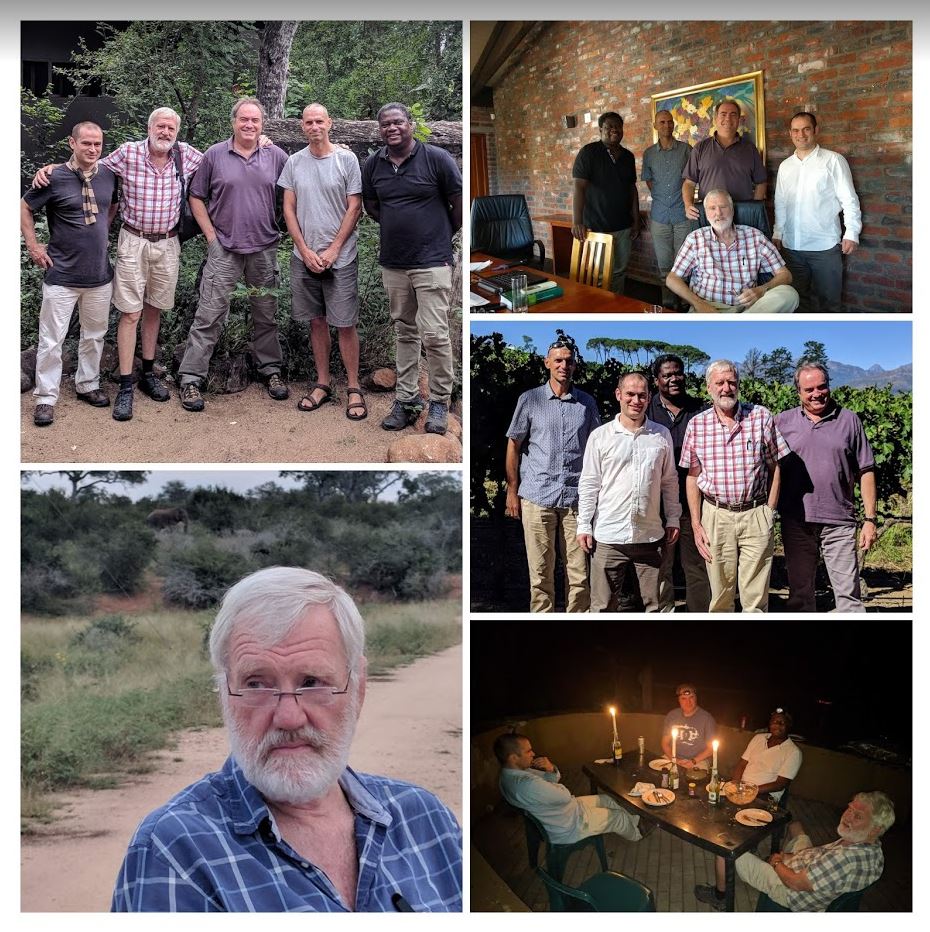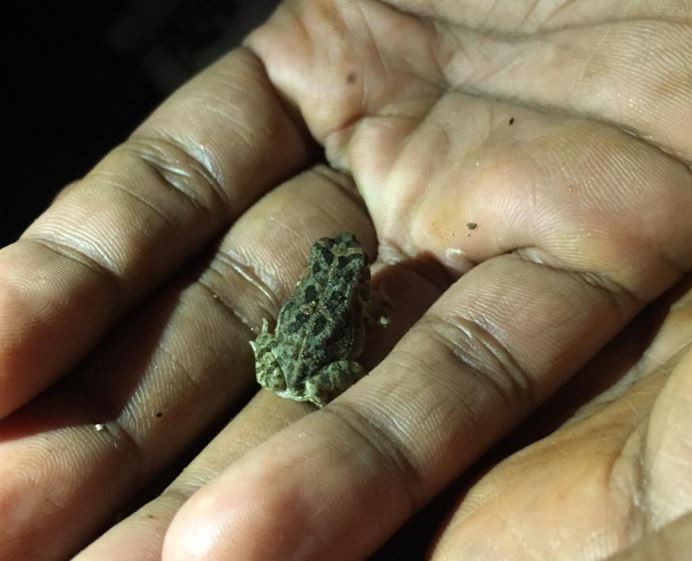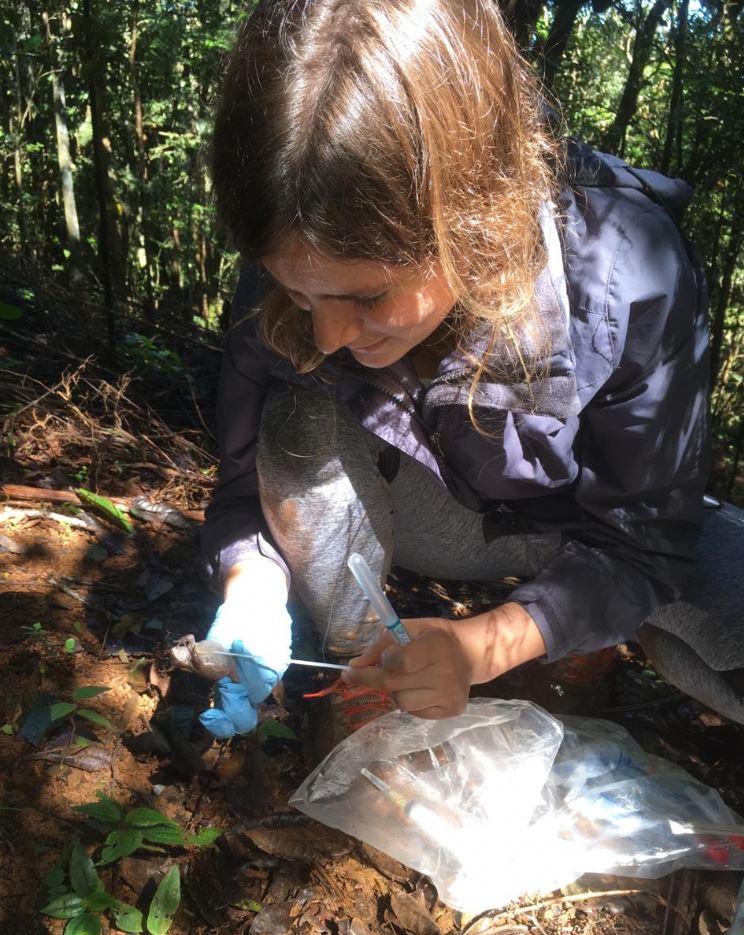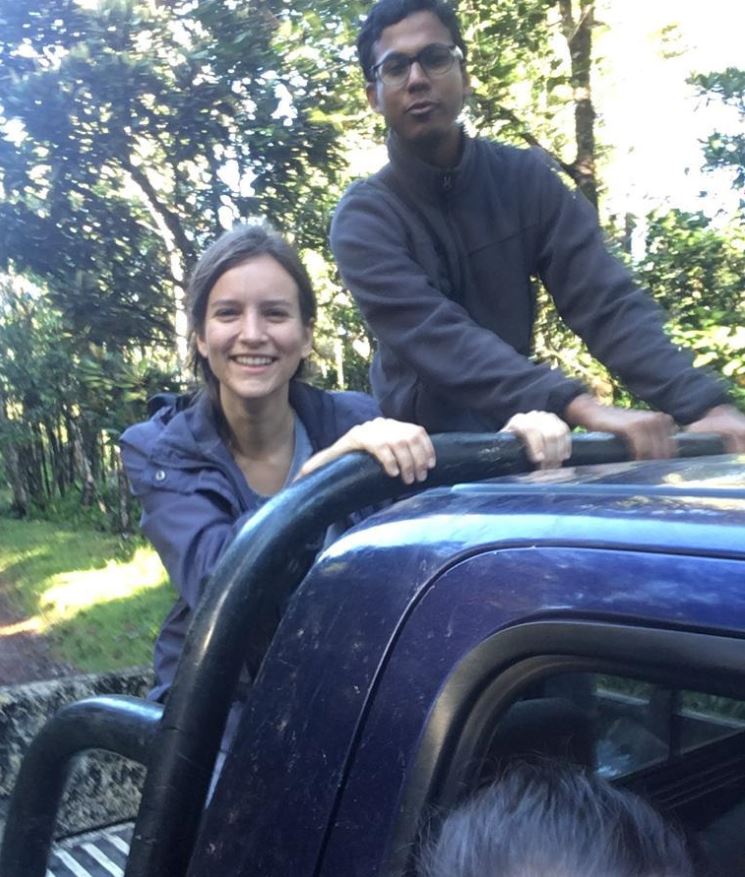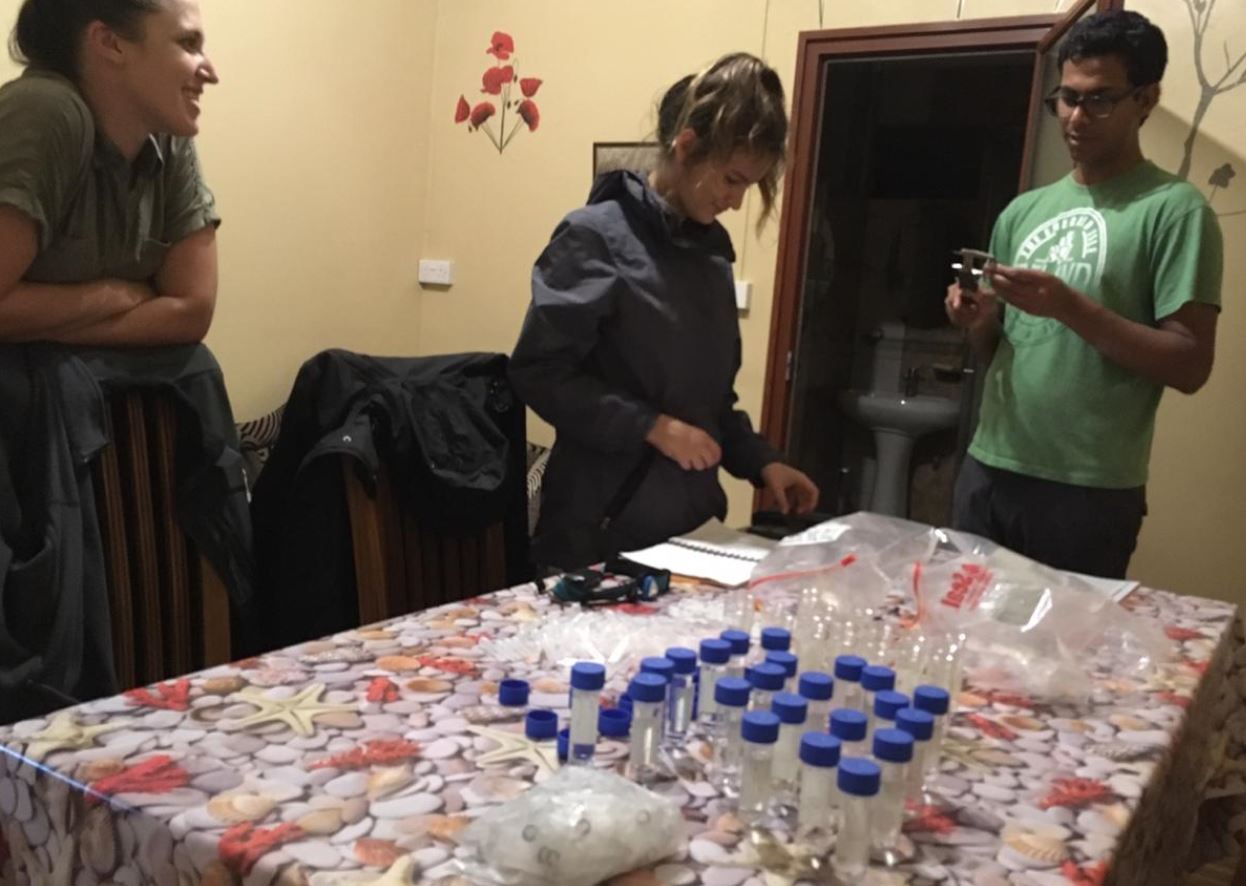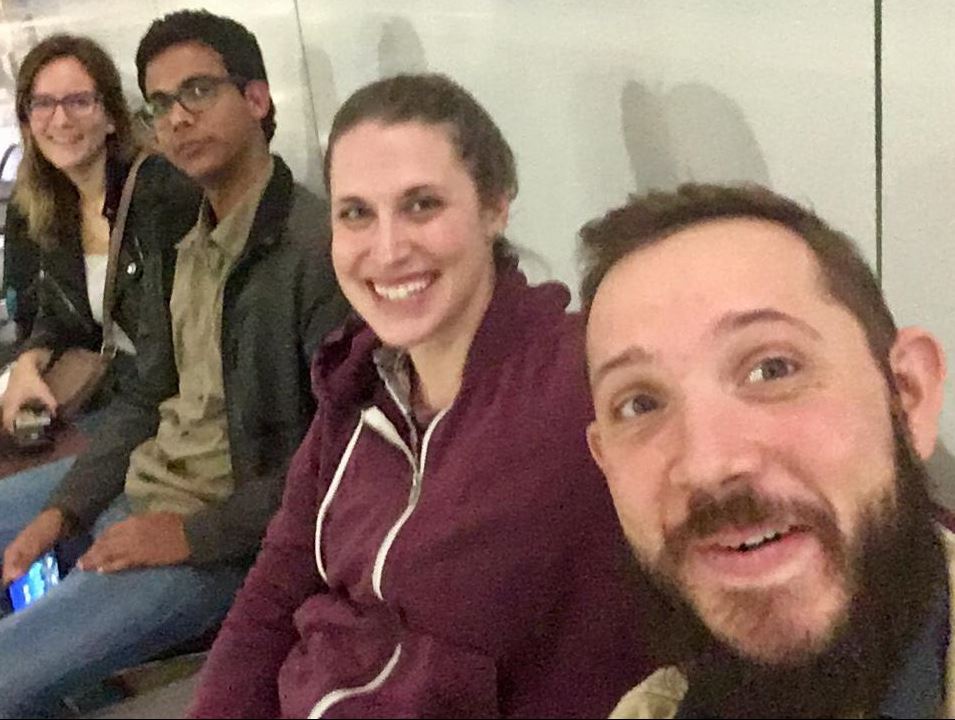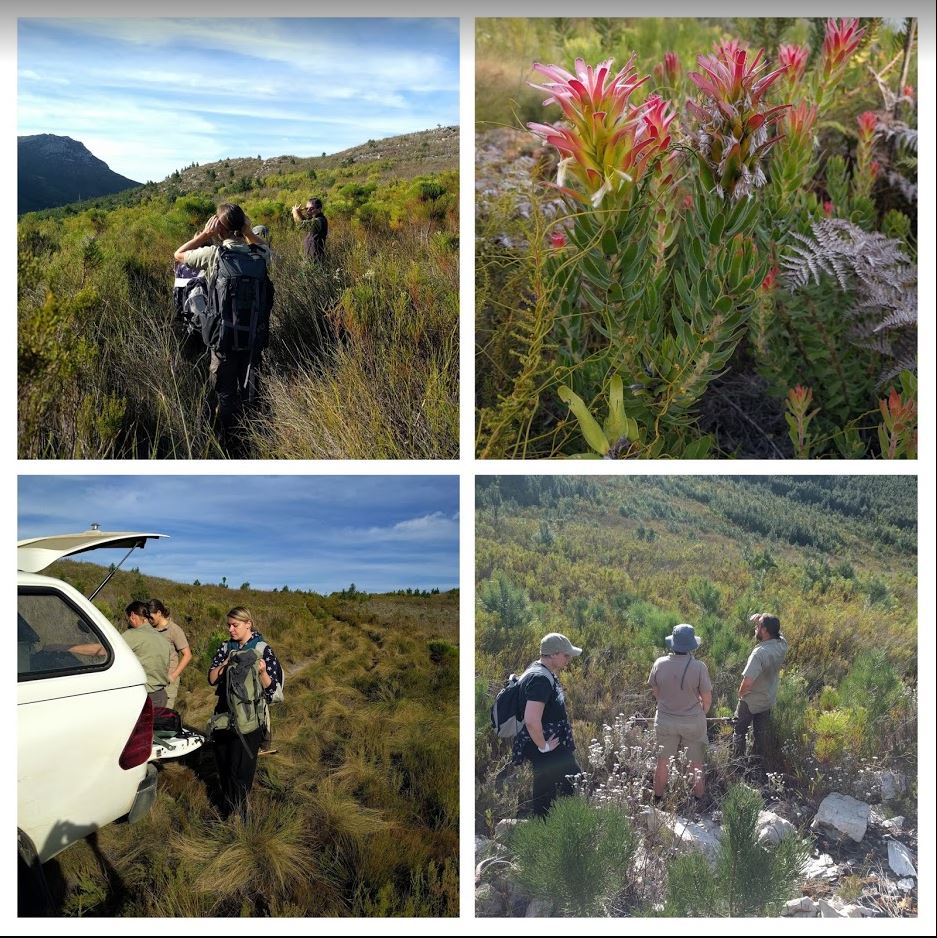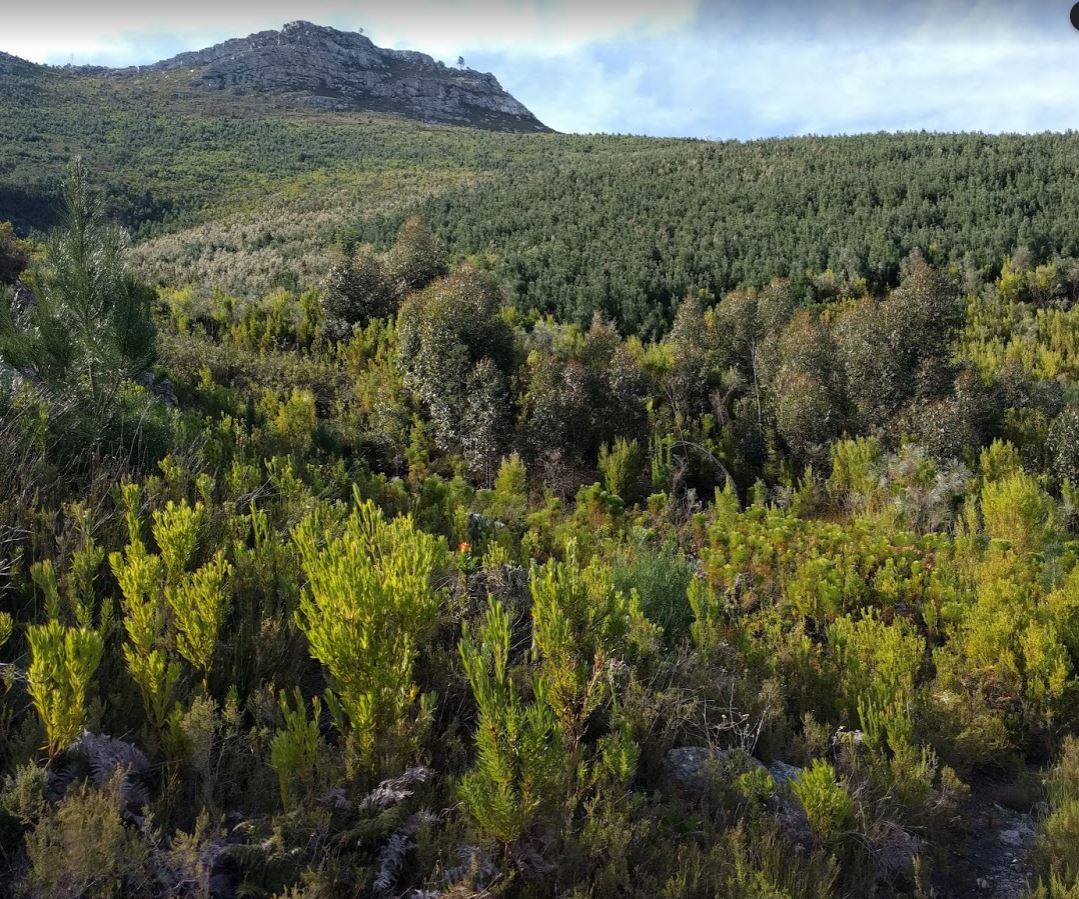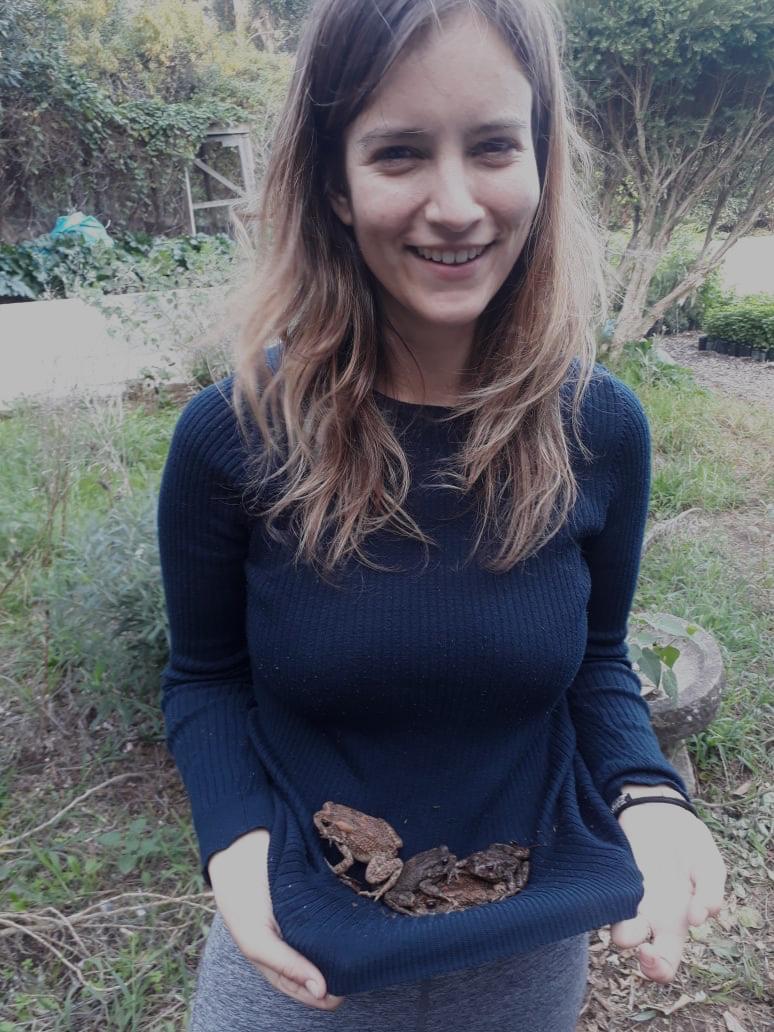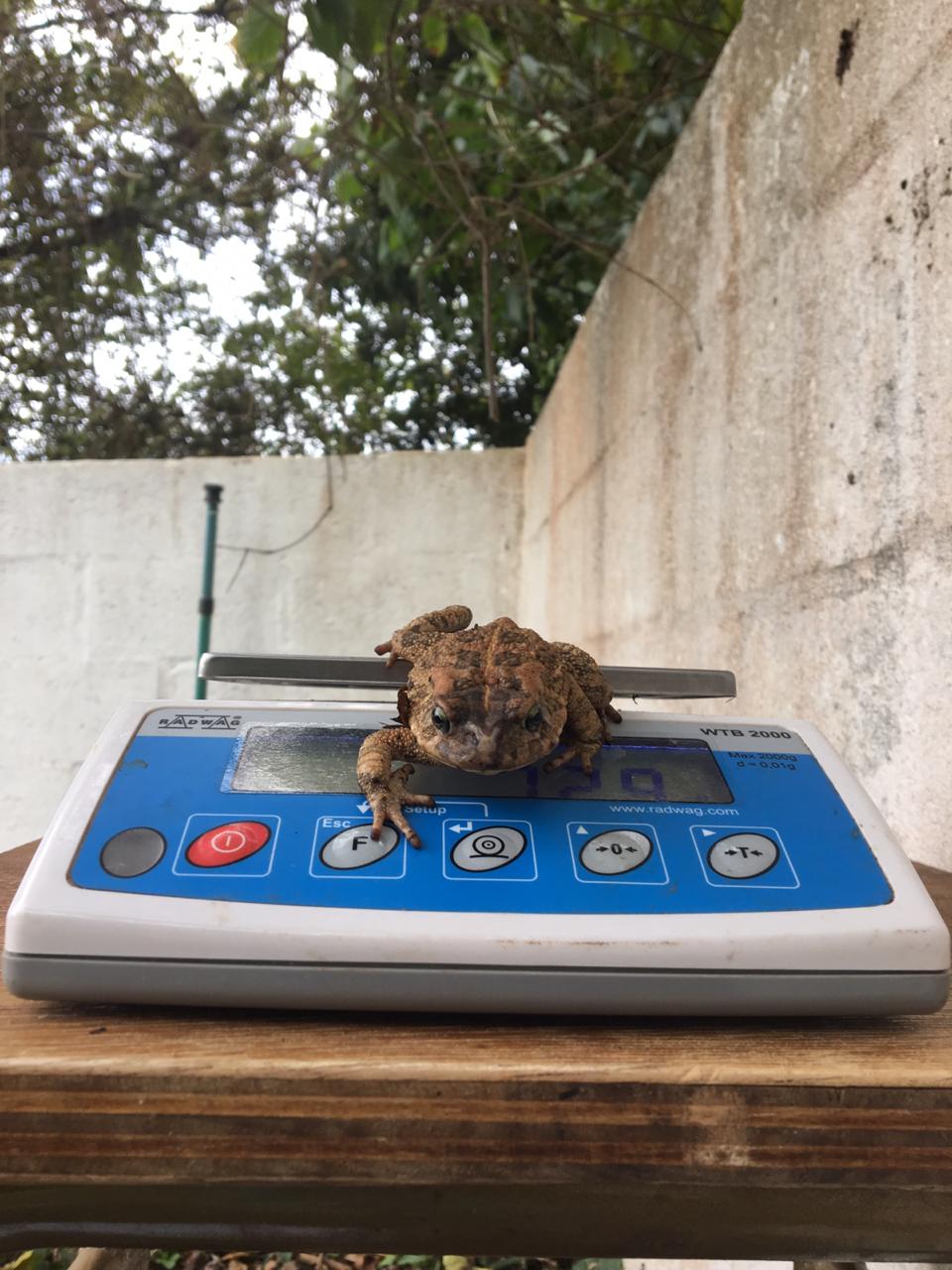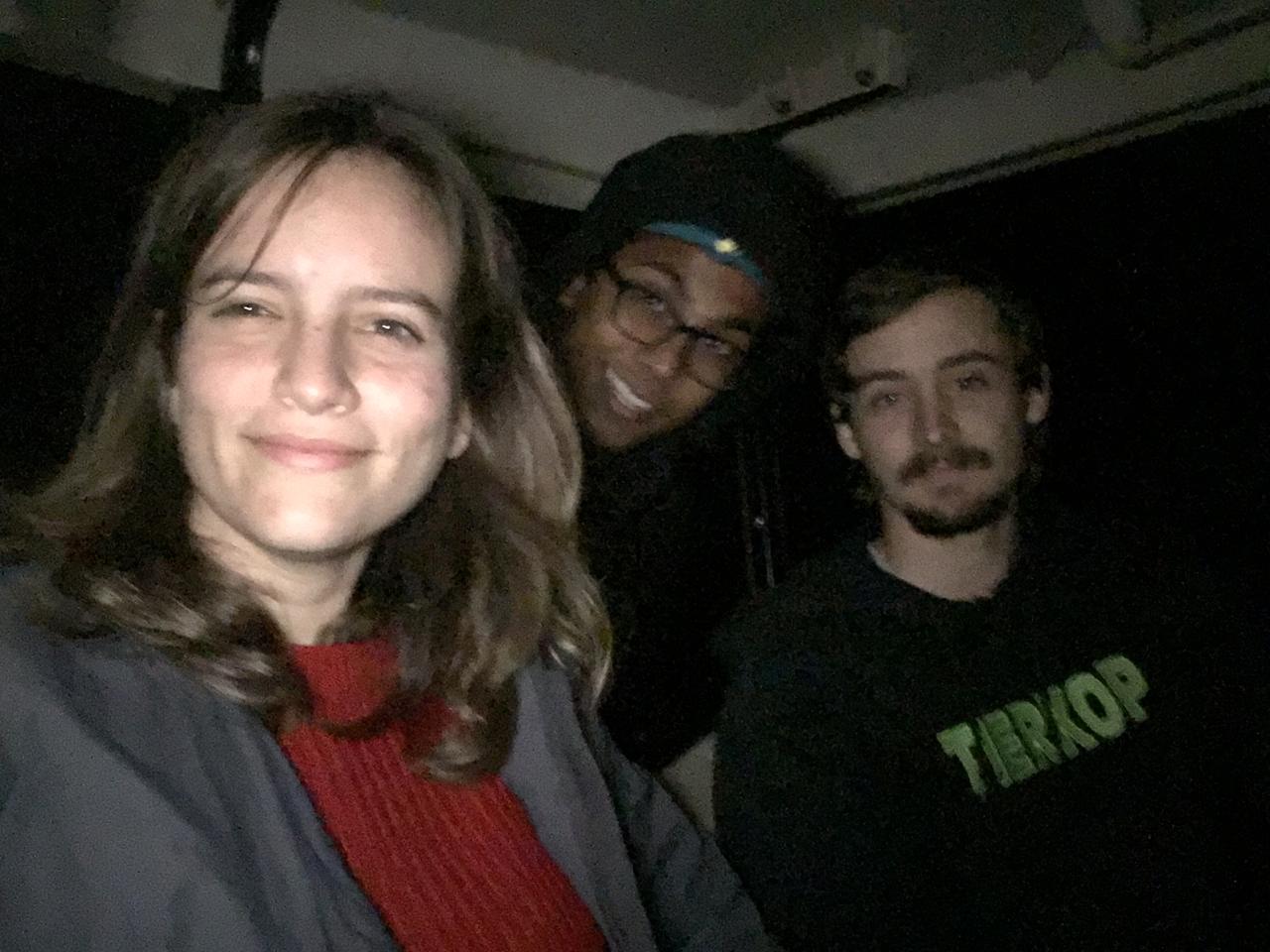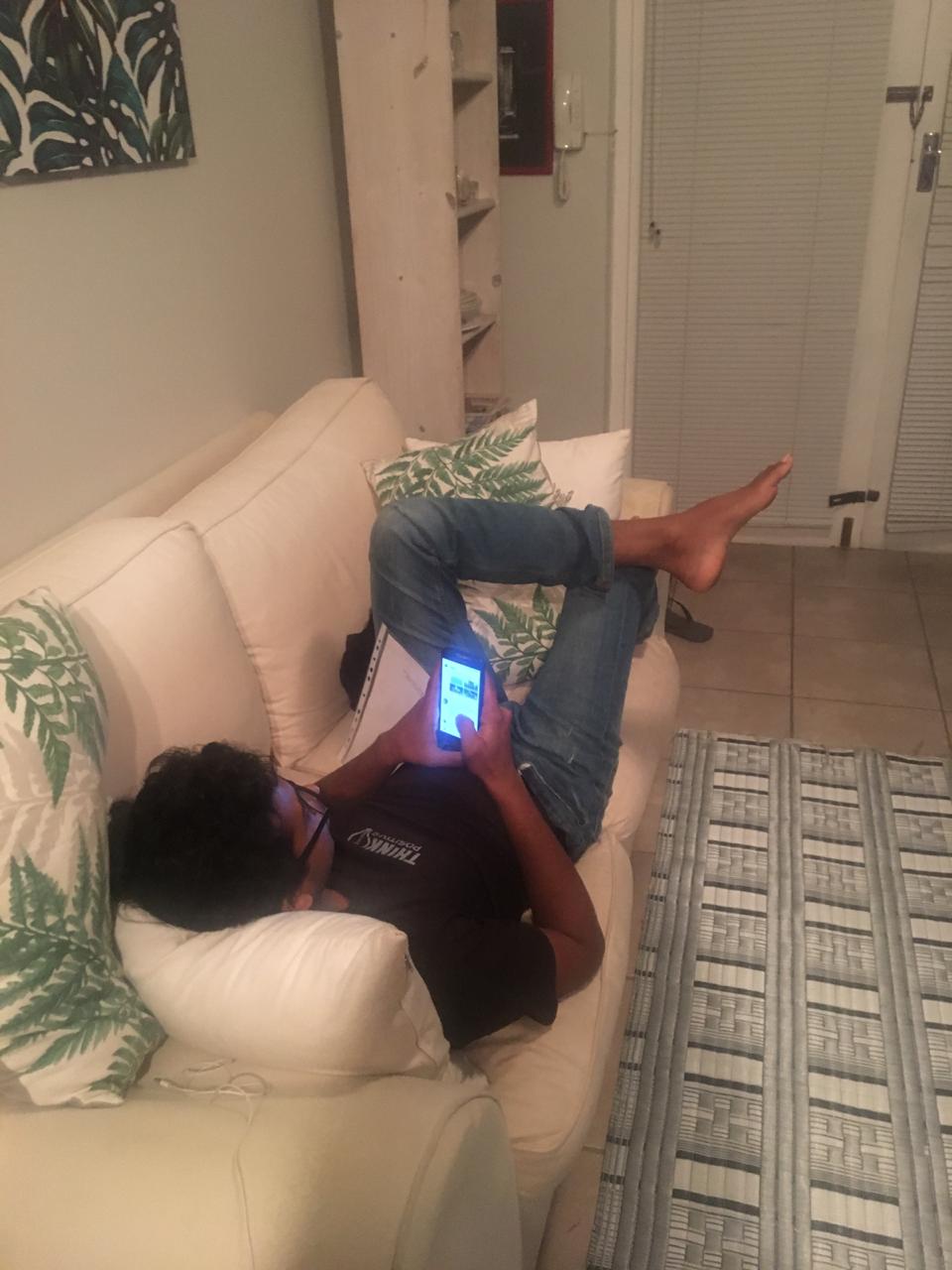Biological invasions in South Africa. Our book is written!
With 31 chapters and 104 contributing authors, our forthcoming book is going to be an epic tome. The book, now submitted, will be part of the Invading Nature - Springer Series in Invasion Ecology. It's been nearly a year since we made the proposal to the publisher to collect together as much information as possible on biological invasions in South Africa. Our approach was to be encyclopaedic, and so we inveigled as many of our colleagues involved invasion science as we could.
The book is divided into 7 parts:
- Part 1: provides a broad overview of biological invasions in South Africa
- Part 2: deals with the current situation
- Part 3: details the underlying factors influencing invasions
- Part 4: addresses why invasive species are important in the South African context
- Part 5: covers aspects of the management of invasions in South Africa
- Part 6: explores additional aspects relevant to biological invasions
- Part 7: looks to the future of biological invasions in South Africa
Led by Brian van Wilgen, the book is edited by five Centre for Invasion Biology Core Team Members: Brian, Dave Richardson, John Wilson, Tsungai Zengeya and myself. It was no small task, but over countless meetings my fellow editors made it all an enjoyable experience. Brian kept us on track and generally cracked the whip.
Brian looks over his shoulder to make sure there are no large animals approaching
We look forward to the end of the year when we'll be able to offer everyone unlimited access to pdfs of all the chapters.
For those of you interested in my contribution, I led two chapters and contributed to six more (see details here).
Measey J, Hui C, Somers M (2019) Terrestrial vertebrate invasions in South Africa. In: van Wilgen BW, Measey J, Richardson DM, Wilson JR, van Wilgen BW (eds) Biological invasions in South Africa. Springer, Berlin.
This is a review of the invasive terrestrial vertebrates in South Africa. It contains species acounts of 30 animals, and details their distributions and impacts. We aim to provide a useful perspective on the extent of current invasions within the country, as well as providing a resource for much of the research that has been conducted on them.
Measey J, Robinson TB, Kruger N, Zengeya TA, Hurley BP (2019) South Africa as a donor of alien animals to other parts of the world. In: van Wilgen BW, Measey J, Richardson DM, Wilson JR, van Wilgen BW (eds) Biological invasions in South Africa. Springer, Berlin
This is an unusual twist on the invasion paradigm as here we consider species native to South Africa which have invaded places in other parts of the world. For me, this chapter was quite an eye-opener as the more I read, the more species I found (and the longer the chapter grew). We finally ended with ~34 species with some really great stories from drug barons to the director of nature conservation; those responsible for introducing these species are a pretty maverick bunch.
Keep watching this space...
